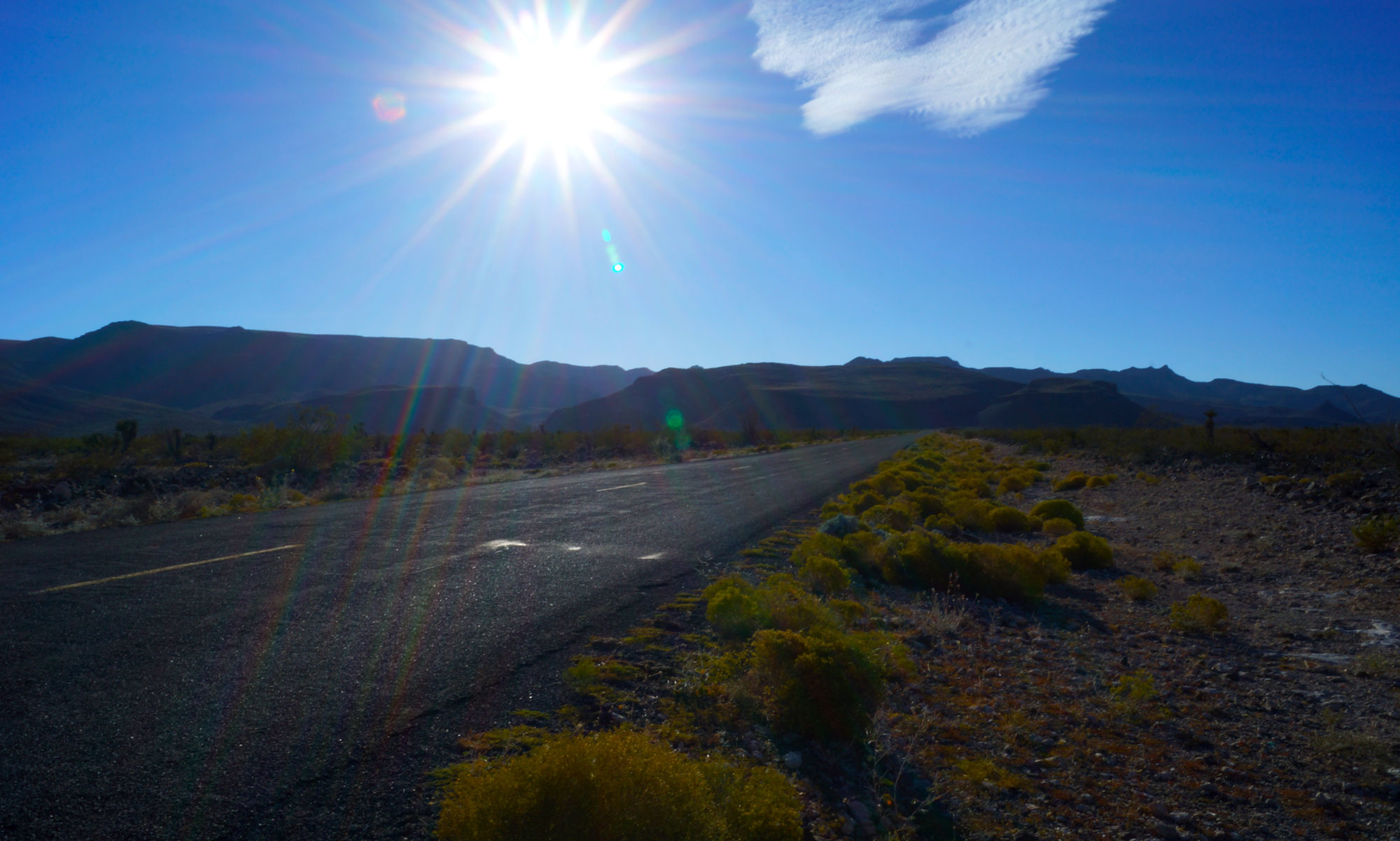
Railroads were instrumental in developing the modern domestic tourism industry. A particular focus of transcontinental rail lines was enticing tourists to visit the American West. The Santa Fe railroad was no exception and almost singlehandedly developed and promoted the allure of the American southwest that still lingers in the American tourist mind to this day.
The Atlantic and Pacific railroad built the first rail line through the desert southwest in 1882. Never particularly successful, the Atlantic and Pacific went bankrupt in the Panic of 1893. A subsidiary of the Atchison, Topeka, and Santa Fe railroad, the line lay dormant for a few years until its parent company arranged new financing to revive the line. Restarting operations in 1897, the Atchison, Topeka, and Santa Fe reorganized the failed Atlantic and Pacific as the Santa Fe Pacific railroad – later known simply as the Santa Fe.
With the line dormant for so long, the new railroad had to rebuild many of its facilities and much of the line itself. With many of the old stops consisting of nothing more than a siding and a few locally-grown businesses of questionable quality, the railroad was tasked with how to provide services to railroad passengers along the line. This was an undertaking made particularly difficult by the remote, difficult desert terrain much of the line crossed in the desert southwest.

Enter one Fred Harvey. Receiving his first contract to take over the restaurant at a stop in Kansas, Fred Harvey remade the operation into a model of high-quality food, excellent service, and spotlessly clean facilities – often difficult to come by in the American West. This prompted the Santa Fe Railroad to enter into a partnership with Fred Harvey. The Fred Harvey Company became the exclusive operator of railroad station hotels and restaurants along the entire Santa Fe line. In the desert southwest, often the Fred Harvey hotel and restaurant were the only traveler hospitality services available in the remote region.

Realizing they could sell more rail tickets, hotel reservations, and restaurant meals if they gave rail passengers a reason to linger in the desert, the Santa Fe and the Fred Harvey Company began promoting the desert southwest as a unique, natural wonderland full of sites that could only be visited through traveling on the Santa Fe line and staying in a Fred Harvey Company hotel. Enlisting the help of architect Mary Colter, the Santa Fe and Fred Harvey Company built a series of iconic hotel and food service buildings. Destinations like the La Posada Hotel in Winslow, Arizona, the Escalante Hotel in Ash Fork, Arizona, and Hopi House and Phantom Ranch at the Grand Canyon became destinations in their own right.

Many of these once great facilities are now gone. The Escalante Hotel and the Havasu House were both demolished in the early 2000s after being abandoned for half a century. Mary Colter’s buildings at the Grand Canyon benefitted from being inside the national park and being designated a National Historic Landmark. It is, however, still possible to get a taste of travel in the desert southwest during the heyday of the Santa Fe and the Fred Harvey Company. The La Posada Hotel in Winslow, Arizona, considered by Mary Colter to be her masterpiece, was restored in 1997 to its former glory and operates as a hotel again. The rail yard behind the hotel is still in active use by the BNSF railway, the successor to the Santa Fe, allowing visitors to dine and rest to the sounds of trains in the distance.
